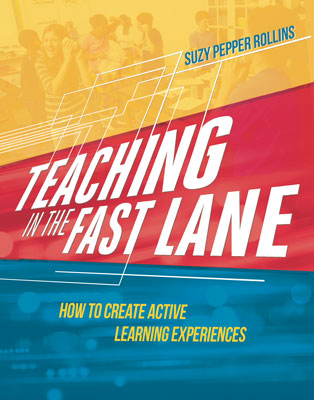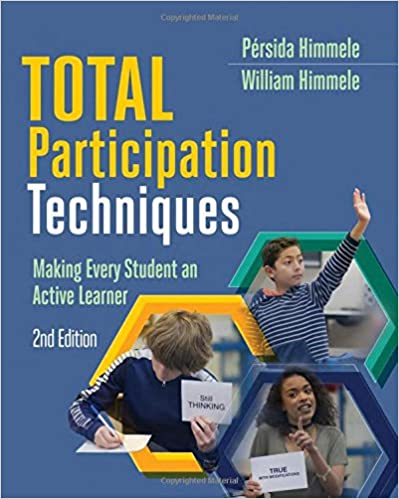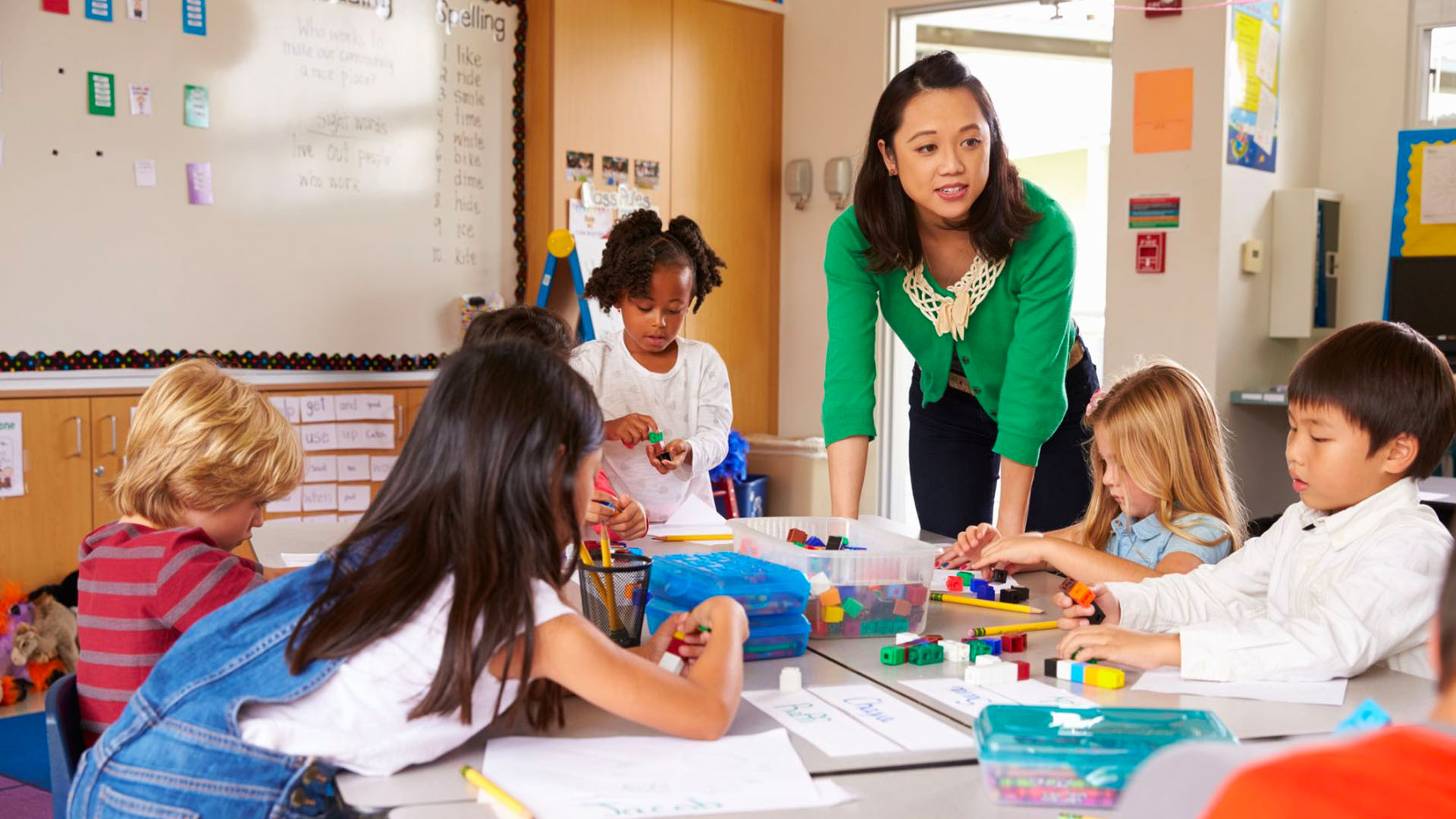One of the best feelings is looking out into your classroom and all of those little eyes are on you as you are delivering your perfectly planned mini-lesson. With a sigh, you go to close your lesson with a quick exit slip only to realize those little eyes didn’t comprehend your teaching point. What happened?
Passive Engagement vs. Active Engagement
When I think about the scenario above, I realize that the students were only passively engaged in the lesson. They were following along, probably nodding at just the right time. They were listening to the stand and deliver lesson, but thinking about the big football game, the fight they had with their best friend, or going home and having to figure out where their dinner for the evening will come from. Let’s be honest, we’ve all sat in staff meetings making our weekend plans. Now think about your most memorable professional development. What made it great? Were you moving around? Were you having time to talk with your colleagues? Were you playing games to help you remember the material? Elizabeth F. Barkley said in Student Engagement Techniques: A Handbook for College Faculty, “Student engagement is the product of motivation and active learning. It is a product rather than a sum because it will not occur if either element is missing.” What’s the difference between active and passive engagement? Let’s take a deeper look at how we create a learning environment that actively engages our learners. According to the Glossary of Educational Reform, student engagement is defined as the: degree of attention, curiosity, interest, optimism, and passion that students show when they are learning or being taught, which extends to the level of motivation they have to learn and progress in their education.” When you think about the degree of attention, I begin to wonder how to take that degree to the level that builds ongoing curiosity, interest, and passion in the topic being taught. By shifting to active engagement, we are deepening the connections in the brain, relationships with peers, and comprehension of the content. Active engagement requires the students to do a task during their learning. That doesn’t mean that they have to get out a pencil and write something down. Active engagement encourages students to collaborate with each other, reflect on new knowledge, and question the content. Students learn and routinely monitor their own learning. Students show evidence of their learning throughout the mini-lesson.



These books contain so many more ideas to help you in your journey of creating actively engaged students.
How do I actively engage virtual learners?
As many of us have had to change our teaching methods due to becoming virtual teachers, it has presented a new challenge of actively engaging learners through a screen. We are teaching students in their homes with so many distractions in their learning space. It is more important than ever to keep our learners actively engaged in our lessons. Engaging learners doesn’t require you to cover your face in flour for correct answers or dress up like the characters in your books. We need to think about ways to make the learning stick. Keep a good pace to our teaching. Be ready so that you don’t lose the interest of your students while you are pulling up your next slides or preparing your next activity. Interlacing the techniques that you use in your classroom should and can be the same that you use in front of a computer. Below are just a few quick ideas to try out!
- Student work in real-time: Jamboard, Whiteboard.chat, Whiteboard.if, Flipgrid
- Gamification using Kahoot!, Gamkit, Breakout EDU, Quizlet: Who doesn’t love a good competition?
- Embedding reflection in recorded videos using NearPod and Pear Deck: With NearPod, students can show their thinking in the middle of your flipped lessons.
- Collaborative learning using breakout rooms
- Chat feature for student responses: Students put their responses to questions in chat. Change setting so that responses only go to the teacher.
- Collaborative whiteboards
- Digit Cards: Students are able to show you the answer to problems quickly. Cards are easy to read!
Techniques, Tools, and Tips for Active Engagement in the Classroom
Here are a few quick tips for classroom active engagement. You probably already have several ideas in your toolbox, but as the year moves on, they often get lost in the daily grind of teaching. This is just a starting point. There are many more ways to actively engage our learners!
 Less teacher talk more student talk
Less teacher talk more student talk- Give purpose to lessons
- Build Trust: Students are more eager to participate in class when there is trust in their learning space.
- Keep moving! Teacher location is key in the classroom.
- Quick Write
- Math Digit Cards
- Reaction/Response Cards
- Numbered Heads
- Sketchnoting
Now it’s time to give it a try. What is one thing that you will plan in your next lesson to move your learners from passively engaged to actively engaged? Jump in! Try it out! Start with one tip or idea. Above are just a few to get you started. If you’re interested in learning more, check out my top book picks below. Let me know what you try– Tweet it @sandygoehring and @KeepINLearning. Professional Literature Himmele, Pérsida, and William Himmele. Total Participation Techniques: Making Every Student an Active Learner. ASCD, 2017. Portnoy, Lindsay. Designed to Learn: Using Design Thinking to Bring Purpose and Passion to the Classroom. ASCD, 2020. Rollins, Suzy Pepper. Teaching in the Fast Lane: How to Create Active Learning Experiences. ASCD, 2017.
Resources
Please login or register to claim PGPs.
Alternatively, you may use the PGP Request Form if you prefer to not register an account.



